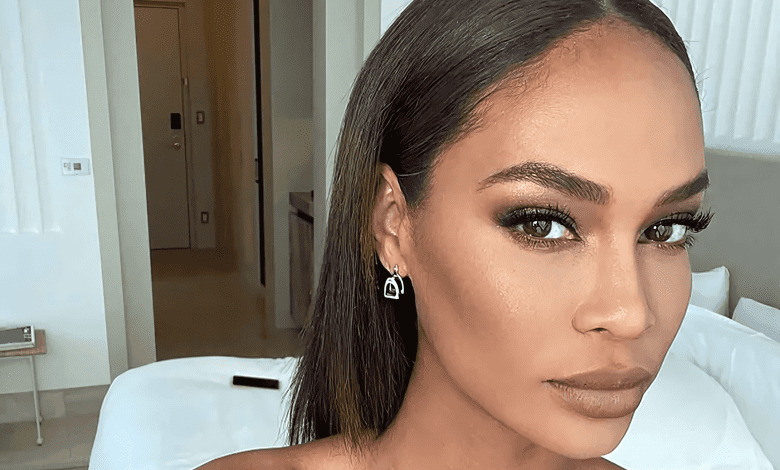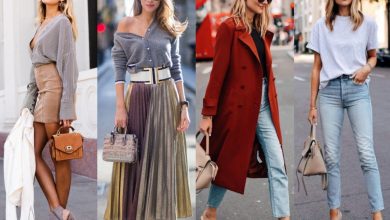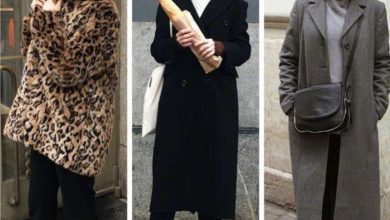
Bronzer is a great product to have in your arsenal. Bronzer can give your skin a sun-kissed glow without harmful UV rays, no matter what the formula is. Bronzer can also make tired skin look more awake, and even give the appearance of more sculpted cheekbones. Bronzer is a product that can do wonders but it’s not always easy to use.
Bronzer can look patchy, orange or muddy depending on the placement, skin tone and undertones. There are many application tricks to help you get the best out of your bronzer. We asked professional makeup artists Tobi Henney, and Sarah Egan to share with us their top tips for applying bronzer.
This article will provide you with a step-by-step tutorial on how to apply bronzer, as well as recommendations on the best bronzers for your skin type.
01of 08
Consider Your skin tone
Henney suggests that the first step in choosing the right bronzer is to match it with your skin tone. Keep in mind:
Shade: Do not go more than two shades darker.
Undertone : Choose a bronzer to match your undertones.
Color: Avoid using orange shades, as they can appear unnatural on all skin tones.
Hold the bronzer against your skin to help you choose. You can also try out a few in the store before buying. You may need to use a different shade of sunscreen in the winter compared to summer, depending on your sun exposure.
02of 08
Consider Your Skin Type
You should also consider your skin type. There are many ways to get any product to work. However, certain formulas will be better for your skin than others.
Oily skin or balanced:If your skin is oily or balance, Henney recommends a powder bronzer. Use a soft, fluffy brush to apply it.
Dry skin or mature skin: You can use a sponge or your fingers to apply bronzers that are cream- or gel based. Mix a little powder bronzer with your moisturizer to get a subtle glow.
03of 08
Make It Your Last Step
Apply your concealer and blush first, then bronzer. Applying your face powder before applying your bronzer can also help to prevent it from sticking.
Tips:
Henney suggests applying cream blush on the apples of cheeks for a dewy appearance.
04of 08
Determine where you want to apply
Apply bronzer lightly on all areas where the sun shines naturally, such as the temples and under the cheekbones. Also, apply to the nose, chin, and under the cheekbones. Some makeup artists apply a little bronzer to the eyelids when creating lighter eye makeup. It’s also a great idea to apply bronzer on the neck, even though this is not the natural place for sun exposure. This will improve your overall blending.
05of 08
Perfect Your Technique: Powder
Applying bronzer to your skin with a brush? Dip the brush into the powder, then blow off any excess powder before it touches your skin. Follow Henney’s instructions to apply powder bronzer.
To blend the bronzer, start at the top of the ear. Pull the brush downwards and make circular motions. Use the chisel method, using a swiping movement to contour your cheeks as you go. Blend, blend, and blend some more.
Use the brush to apply a small amount on the temples, and along the jawline.
Apply the bronzer lightly to the neck and blend the face into the neck.
06of 08
Perfect Your Technique: Cream or Gel
Follow Egan’s instructions for a natural-looking bronzer.
She says: “Use your fingertip to pick up a small amount of bronzer, then apply it in areas where you’d like your skin to appear glowing, such as beneath the cheekbones and at the temples. You can also dab some on your forehead.”
Then, using a powder brush, set the bronzer. She says to gather powder on the brush and gently tap it off any excess powder before applying it over areas where bronzer was applied. Add more powder as needed.
07of 08
Consider Moving Beyond the Facial and Neck
Who says that bronzing is limited to the decolletage only? Egan says that you can apply a body bronzer to your palms and rub it into your skin in upward movements, starting at your legs. Use a mirror to ensure you don’t forget any spots.
08of 08
Let It Set
Egan advises to let the bronzer sit on your skin for 5 minutes. If you tend to sweat a lot, apply a little setting powder on the areas where you are most likely to sweat. Consider the areas where oil tends accumulate, such as the forehead, nose and chin.
FAQ
What is the difference between contour and bronzer?
Bronzer is typically used to add warmth and color to the skin in the areas where the sun hits the face. Contour is used to add definition and sculpt the face using shading. The finishes are another difference, with bronzers available in matte or radiant finishes while contouring products have a matte look that is similar to the color of natural shadows.
Do You use bronzer above or below the cheekbones when applying bronzer?
Experts say that bronzer is most natural when it’s placed under the cheekbones, as it creates a sculpting look. There are no right or wrong answers when it is time to apply makeup. Feel free to experiment by placing bronzer along the cheekbones. You can choose whichever look suits you best.




